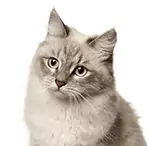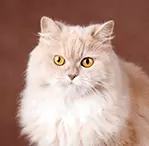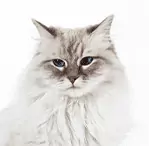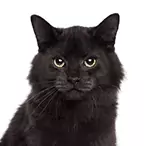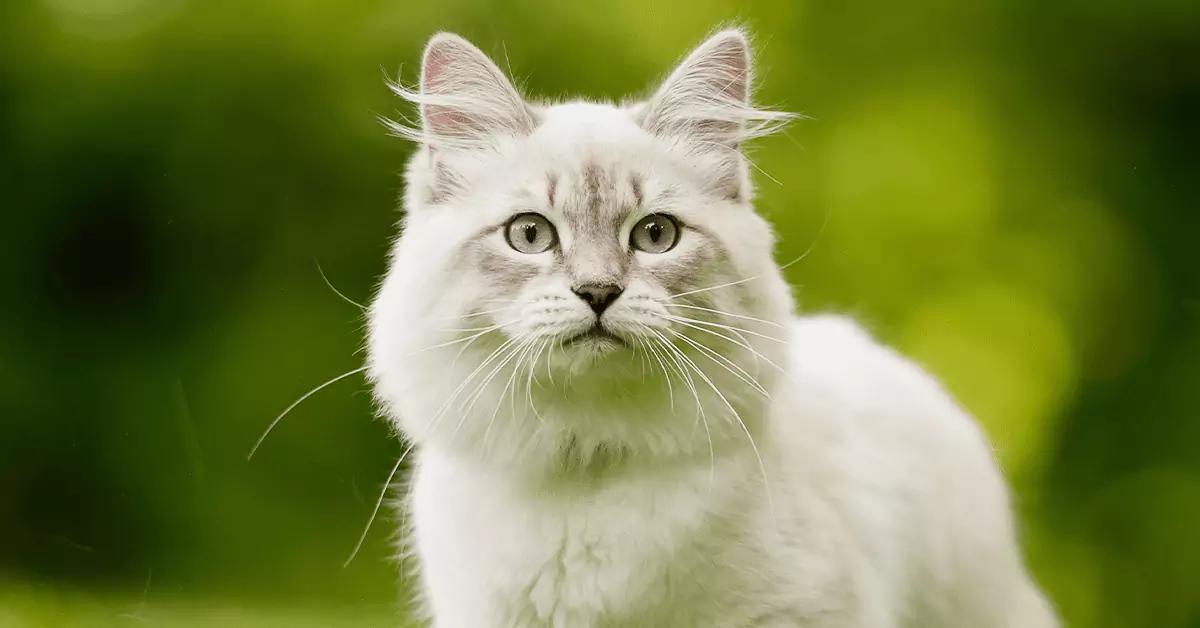
Meet the Siberian
Best Fur Friend
Purrfect Playmate
Loyal Cuddler
My Many Looks
My Breed Characteristics
Furbulous Fact
As I Grow Up
History of My Breed
Care Tips
Training Tips
Personality
Affectionate
Playful
Active
Origin
Russia
Life Span
11-18 Years
Breed Popularity
Length Range
17-25 inches (not including tail)
Weight Range
8-17 Pounds
Coat Details
Type
Longhaired triple coat, dense
Texture
Fluffy
Colors
Blue, Cream, Black, Silver, White Tabby, and more
Pattern
Tabby, Solid, Bi-Color
Hypoallergenic
No
Cost to Buy
$1,200-$2,000
My Many Looks
My Breed Characteristics
Furbulous Fact
As I Grow Up
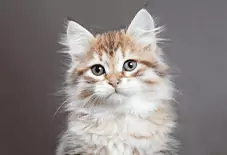
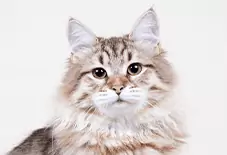
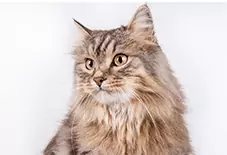
History of My Breed
Care Tips
from Dr. Jessica Greenberg, Associate VeterinarianPurchase kittens from a breeder who tests their breeding cats for genetic disease, provide documentation and a health guaranty.
Hypertrophic cardiomyopathy, a condition that causes heart failure due to thickened heart muscles, is common in Siberians, and appears to be associated with a genetic mutation. Lower the risk that your cat has this condition by purchasing a kitten from a breeder that ensures their animals are free of heritable diseases. If you already have an adult Siberian, signs of heart disease include breathing faster than 30 breaths per minute when resting, difficulty breathing, pale or blue gums, increased lethargy, poor appetite, and sudden high limb weakness due to a saddle thrombus.
Feed your Siberian a combination of high quality canned and dry food, and don’t overfeed.
Most cats, including Siberians, tend to develop strong food preferences and not drink enough water. That is why it is a good idea to feed your Siberian a combination of canned and dry food, and rotate a few flavors, textures (pate, stew, etc.), and shapes (stars, triangles, etc.) to provide moisture, protein, and discourage picky appetites. In addition, most active adult Siberians need no more than 350-400 kcals per day to stay at a healthy weight. Check with your veterinarian on how much to feed your cat.
Provide your Siberian with ample opportunities for exercise and mental stimulation to keep muscles and brain in tip-top shape and prevent stress-related disorders.
While our indoor cats are safer from trauma and infection, they can suffer from other problems, such obesity from a sedentary lifestyle and stress from boredom and loneliness, which can lead to litterbox problems. Your Siberian was born to play and explore, so make sure to provide mental stimulation with food puzzles and play sessions with you, provide safe outdoor experiences on a leash or in an enclosure, and provide ample climbing and scratching opportunities.
Training Tips
from Dr. Jessica Greenberg, Associate VeterinarianMy Many Looks
My Breed Characteristics
Furbulous Fact
As I Grow Up
History of My Breed
Care Tips
Training Tips
-
Personality
Affectionate
Playful
Active
-
Origin
Russia
-
Life Span
11-18 Years
-
Breed Popularity
-
Length Range
17-25 inches (not including tail)
-
Weight Range
8-17 Pounds
-
动物皮毛
Type
Longhaired triple coat, dense
Texture
Fluffy
Colors
Blue, Cream, Black, Silver, White Tabby, and more
Pattern
Tabby, Solid, Bi-Color
-
Hypoallergenic
No
-
Cost to Buy
$1,200-$2,000
